
If you hold or use stablecoins, or are just interested in crypto, understanding MiCA is becoming essential. Let’s break down what stablecoins are, what the new EU rules demand, and how this might affect users, crypto companies, and the broader market.
What Are Stablecoins, Anyway?
Before diving into the rules, let’s quickly refresh what stablecoins are. Unlike Bitcoin or Ether, whose prices can swing wildly, stablecoins are designed to hold a steady value. They achieve this by being “pegged,” or linked, to a real-world asset, most commonly a major currency like the US dollar or the Euro.
Think of them like digital tokens that represent traditional money. For every one stablecoin token issued (like a USDT ($1.00) or USDC ($1.00), both pegged to the US dollar), the company behind it is supposed to hold one actual dollar in reserve, usually in a bank account or very safe investments.
People use stablecoins for several reasons:
- Trading: They make it easier to move money between different cryptocurrencies on exchanges without converting back to traditional currency.
- Payments: They offer a potentially faster and cheaper way to send money, especially across borders.
- Savings: Some people use them to keep value stable within the crypto ecosystem, avoiding the volatility of other digital assets or as a hedge against depreciation or inflation within their own local currency.
- DeFi (Decentralized Finance): They are crucial for lending, borrowing, and earning interest in the growing world of DeFi applications, as well as converting between the vast variety of tokens and memecoins across multiple blockchains.
However, stability isn’t always guaranteed. The collapse of the TerraUSD stablecoin in 2022 showed that not all stablecoins are created equal, and when they fail, people can lose a lot of money. Even large cap stablecoins can occasionally temporarily lose their 1:1 ratio (known as a peg) as Circle’s USDC encountered in early January 2024. This event, along with concerns about financial stability and consumer protection, pushed regulators worldwide, including in the EU, to act.
Enter MiCA: Europe’s Big Plan for Crypto Regulation
The European Union’s answer is MiCA. This comprehensive set of rules, adopted in June 2023, aims to create a clear and consistent legal framework for various crypto-assets and services across all EU member states. It’s one of the first major attempts globally to regulate the crypto industry on such a large scale.
MiCA covers everything from Bitcoin trading platforms to new crypto token offerings, but it pays special attention to stablecoins because of their potential link to the traditional financial system and their widespread use. The specific rules for stablecoins started coming into effect on June 30, 2024, with the full regulation applying from December 30, 2024.
The main goals of MiCA regarding stablecoins are:
- Protect Consumers: Ensure users understand the risks and have protections if something goes wrong.
- Ensure Financial Stability: Prevent stablecoins from causing problems in the broader financial system.
- Promote Market Integrity: Make sure trading is fair and transparent.
- Foster Innovation (Safely): Allow the crypto industry to grow, but within clear boundaries.
What Does MiCA Demand from Stablecoin Issuers?
MiCA divides stablecoins into two main categories:
E-Money Tokens (EMTs): These are pegged to a single official currency, like the Euro or the US dollar (though MiCA heavily favors Euro-denominated EMTs). Think of USDC (USD Coin) or EURC (Euro Coin). Issuers of EMTs must be licensed either as a credit institution (like a bank) or an electronic money institution (EMI).
Asset-Referenced Tokens (ARTs): These are pegged to a basket of assets, which could include multiple currencies, commodities like gold, or other crypto-assets.
Both types face strict requirements under MiCA, but here are the key ones:
Solid Reserves
This is perhaps the most crucial rule. Issuers must maintain reserves backing their stablecoins on a 1:1 basis. This means for every stablecoin token in circulation, there must be an equivalent value held in very safe, liquid assets. A significant portion of these reserves must be kept as deposits in banks. MiCA aims to prevent situations where a stablecoin issuer doesn’t actually have the money to back up its tokens in the event of a run on the issuer where multiple large redemptions occur at the same time.
Transparency and Audits
Issuers can’t just say they have the reserves; they have to prove it. MiCA requires them to publicly disclose details about their reserves on a monthly basis. They also need to undergo regular independent audits (checks by professional accounting firms) to verify their holdings and procedures.
Authorization and Oversight
Companies wanting to issue stablecoins in the EU must get specific authorization from regulators in an EU member state. This license then allows them to operate across the entire EU (a process called “passporting”). Crypto Asset Service Providers (CASPs) – like exchanges or wallet providers dealing with stablecoins – also need authorization, with applications opening in January 2025. Major stablecoins deemed “significant” will face even stricter oversight directly from the European Banking Authority (EBA).
Consumer Rights
Users must be given clear information about the stablecoin, its risks, and their rights. For EMTs pegged to an official currency, users generally have the right to redeem their tokens for traditional money at face value, at any time.
Orderly Wind-Down Plans
Issuers need to have clear plans in place for what happens if they go out of business, ensuring users can still redeem their tokens or get their money back in an organized way.
The “Localization” Catch: A Hurdle for Global Players
One particularly interesting and challenging detail in MiCA is the “localization requirement” for reserves. For ARTs, at least 30% of the reserves must be held in bank accounts within the EU. For EMTs, this figure jumps to 60%.
This rule aims to ensure that a good portion of the assets backing EU-used stablecoins are within the reach of EU regulators and banks. However, it poses a significant challenge for large, global stablecoin issuers, especially those primarily focused on the US dollar and holding reserves mainly in US institutions. Moving large amounts of reserves to comply could be complex and costly, potentially changing how these global companies operate in Europe.
USDT Delisted, USDC’s Future Uncertain in the EU
These strict rules, especially around authorization, reserves, and localization, are having a direct impact on which stablecoins Europeans can easily access.
Tether (USDT), the largest stablecoin by market capitalization, is issued by a company based outside the EU. As MiCA’s rules started to bite, several crypto exchanges that serve European customers began announcing they would delist USDT pairs. This is happening because, as things stand, USDT does not appear to meet all the stringent requirements needed to be authorized under MiCA for offering to EU retail clients. While users might still hold USDT, trading it directly for Euros or using it on EU-compliant platforms is becoming difficult or impossible.
USD Coin (USDC), the second-largest stablecoin, issued by Circle, is in a slightly different position but still faces questions. Circle has actively worked towards compliance, even obtaining an e-money license in France before MiCA fully kicked in, positioning its Euro-backed stablecoin (EURC) well. However, ensuring USDC (the US dollar version) fully complies across all 27 member states, particularly with the reserve localization rules, remains a significant task. While USDC might not face the immediate widespread delisting seen with USDT, its seamless availability and use within the EU under MiCA are still under scrutiny as the regulations are fully enforced and interpreted by national authorities. The European Securities and Markets Authority (ESMA) set a deadline of 31st March 2025 for platforms to ensure compliance regarding non-authorized stablecoins, adding pressure.
This situation effectively means that MiCA might lead to a “great stablecoin exodus” for non-compliant, often USD-pegged tokens, potentially boosting the adoption of EU-native, Euro-pegged stablecoins that are designed from the ground up to meet MiCA standards.
Impact Across Jurisdictions: EU Leads, Others Watch
MiCA positions the European Union as a frontrunner in comprehensive crypto regulation. By creating a single rulebook for 27 countries, it aims to replace the confusing patchwork of national regulations that existed before. This provides clarity for businesses wanting to operate legally across the bloc.
However, the rest of the world has different approaches:
United States: Regulation is still fragmented, with various agencies (like the SEC and CFTC) claiming jurisdiction and ongoing debates in Congress about specific stablecoin legislation. There isn’t a single, unified federal framework like MiCA – yet.
United Kingdom: Having left the EU, the UK is developing its own crypto regulations. Plans are underway to regulate stablecoins, potentially focusing on those used for payments, but the final rules are still being developed and consulted on.
Asia: Countries like Singapore, Hong Kong, and Japan have their own regulatory frameworks, often focusing on licensing exchanges and specific types of tokens, but approaches vary significantly across the region.
MiCA’s strictness, particularly the localization rules, might make the EU market less attractive for some global players compared to regions with lighter regulations. However, the clarity and size of the EU market (over 450 million people) mean that many companies will likely strive to comply.
Innovation vs. Regulation: The Big Debate
The arrival of MiCA has sparked debate within the crypto industry.
Arguments for MiCA:
- Increased Trust: Clear rules and protections could make users more confident in using stablecoins and other crypto-assets.
- Market Maturity: It could attract more traditional financial institutions and institutional investors who were waiting for regulatory clarity.
- Level Playing Field: It provides consistent rules across the EU, making competition fairer (in theory).
- Consumer Safety: Reduces the risk of users losing money due to poorly managed or fraudulent stablecoin projects. Regulators like ESMA emphasize these consumer protection aspects.
Arguments Against MiCA (or Concerns):
- Stifled Innovation: Some worry the strict rules and high compliance costs could make it harder for small startups and innovative projects to launch in the EU.
- Favors Big Players: The complexity and cost of obtaining licenses and managing reserves might favor large, established financial firms over smaller crypto-native companies.
- Reduced Choice: As seen with USDT, the rules might limit the availability of popular global stablecoins for European users.
- Global Competitiveness: If rules are much stricter than elsewhere, crypto businesses might choose to set up shop outside the EU.
What Does This Mean for Crypto Users in Europe?
If you live in the EU and use crypto, MiCA will likely affect you in several ways:
- Changes on Exchanges: You might see certain stablecoins (like USDT) disappear from trading pairs on the platforms you use. Expect more emphasis on Euro-backed stablecoins that are fully MiCA-compliant.
- More Information: Platforms and issuers will need to provide clearer information about the risks and features of the crypto-assets they offer.
- Potentially Safer Environment: The rules aim to make the stablecoins available in the EU more reliable and less prone to collapse.
- Reduction of Privacy: All EU regulated crypto exchanges require information about the people or company’s behind individual wallets sending or receiving any amount of cryptocurrency onto their platforms.
- Licensing Matters: Ensure the platforms or services you use are authorized under MiCA once the licensing regime is fully operational (existing providers have a transition period, often called a “grandfathering” period, to comply, typically up to 18 months after licensing opens). Checking if a provider is licensed will become increasingly important.
Conclusion: A New Era for Stablecoins in Europe
MiCA represents a landmark moment for cryptocurrency regulation globally. For stablecoins in the European Union, it marks the end of the “wild west” era and the beginning of a much more structured and supervised environment.
While the goal is laudable – protecting consumers and the financial system – the transition brings challenges. The delisting of major stablecoins like USDT highlights the immediate impact, forcing users and exchanges to adapt. The long-term effects on innovation, market structure, and the EU’s position in the global crypto landscape remain to be seen.
For anyone involved in crypto within the EU, staying informed about MiCA and its implications is no longer optional – it’s crucial for navigating the evolving digital asset market. The coming months and years will show how effectively these rules balance safety with the dynamic potential of stablecoins and the broader crypto ecosystem.











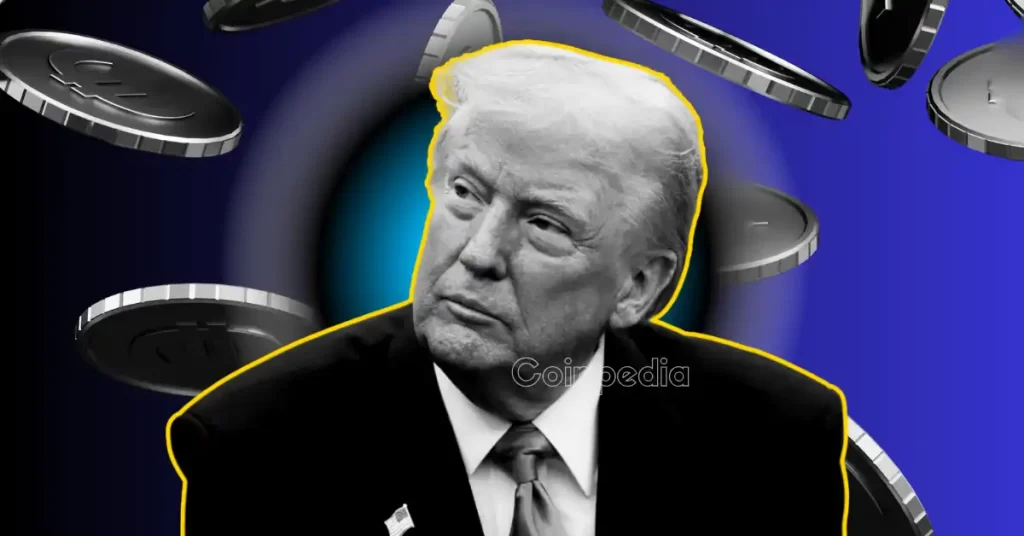














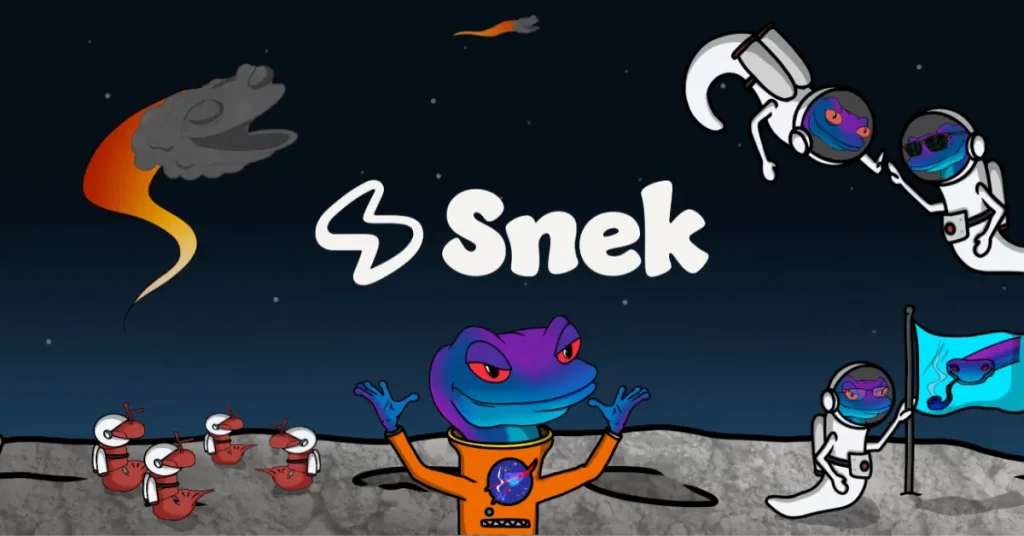
 24h Most Popular
24h Most Popular

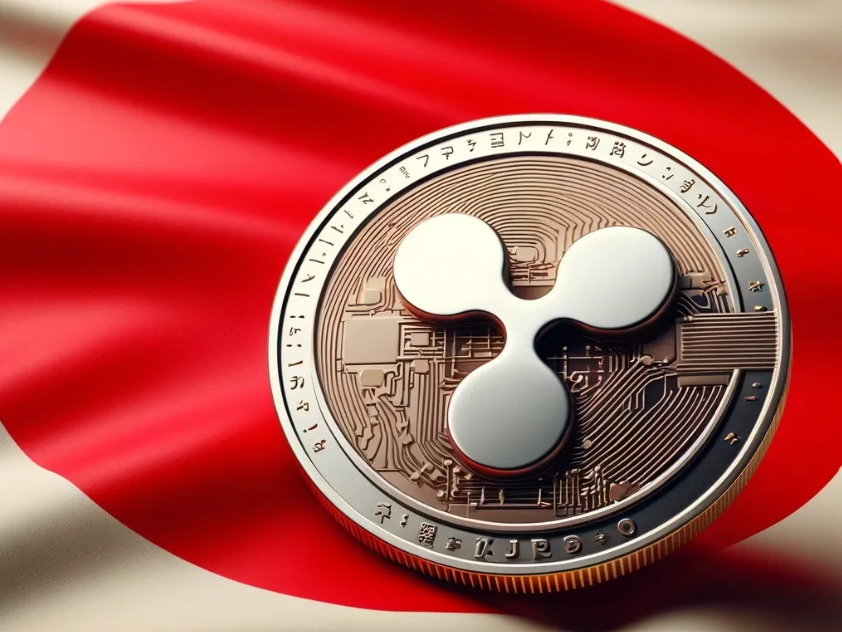

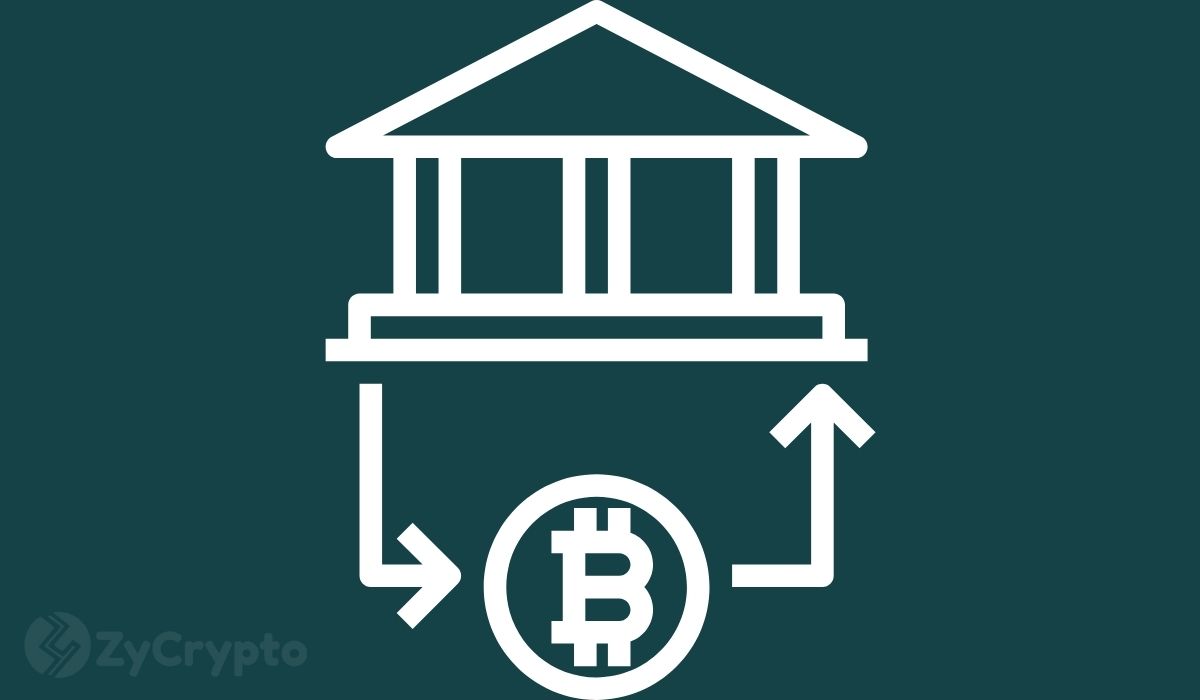



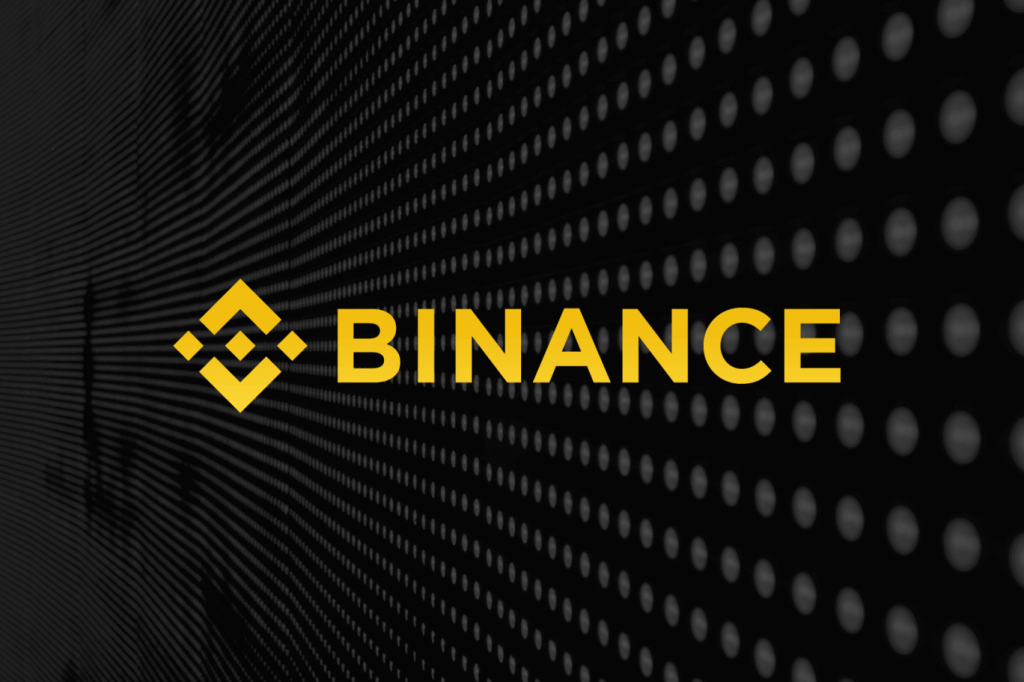
 Utilities
Utilities